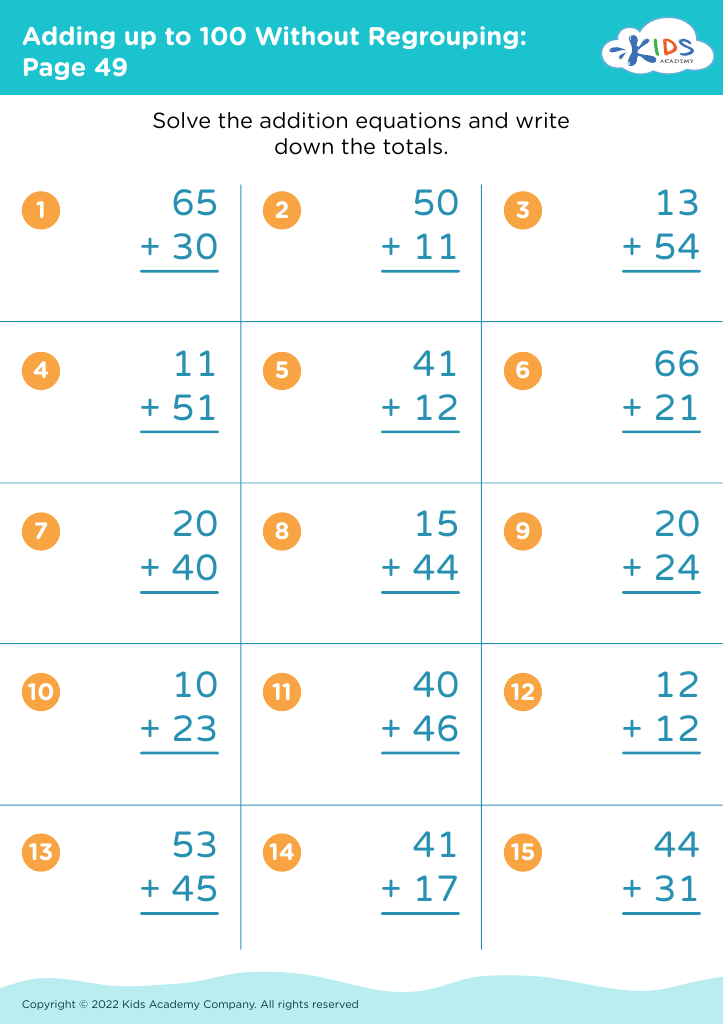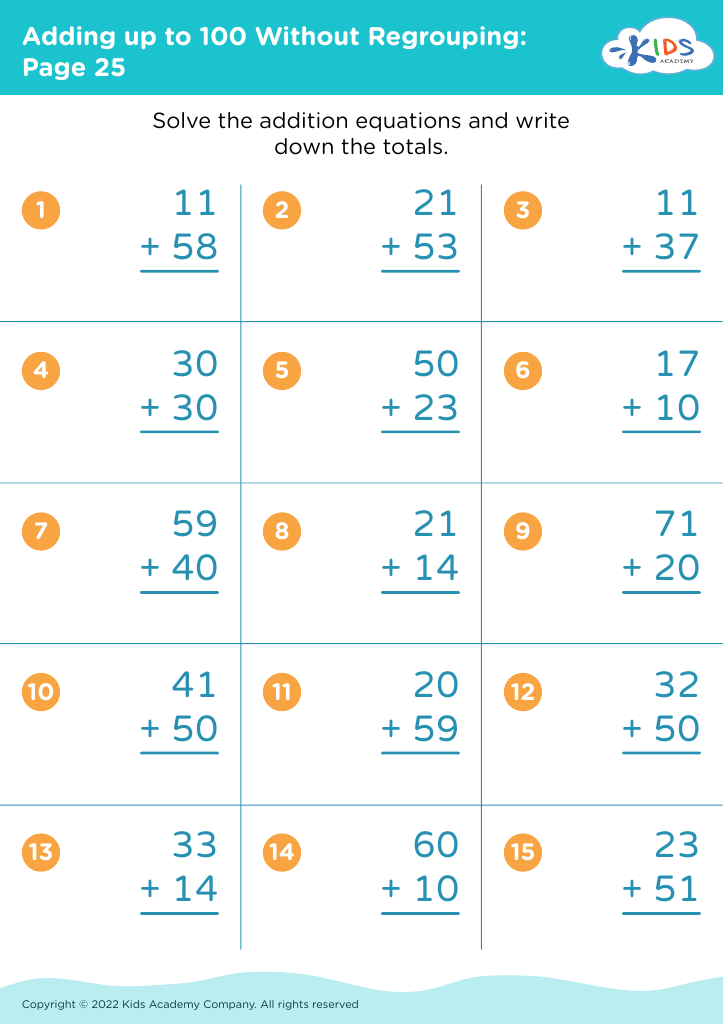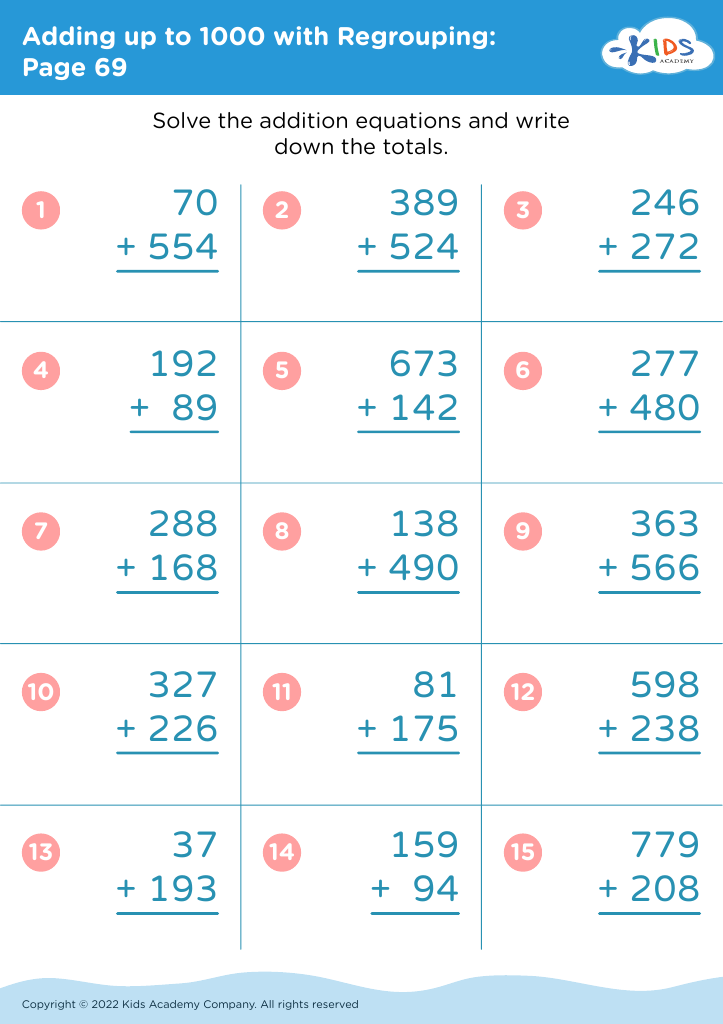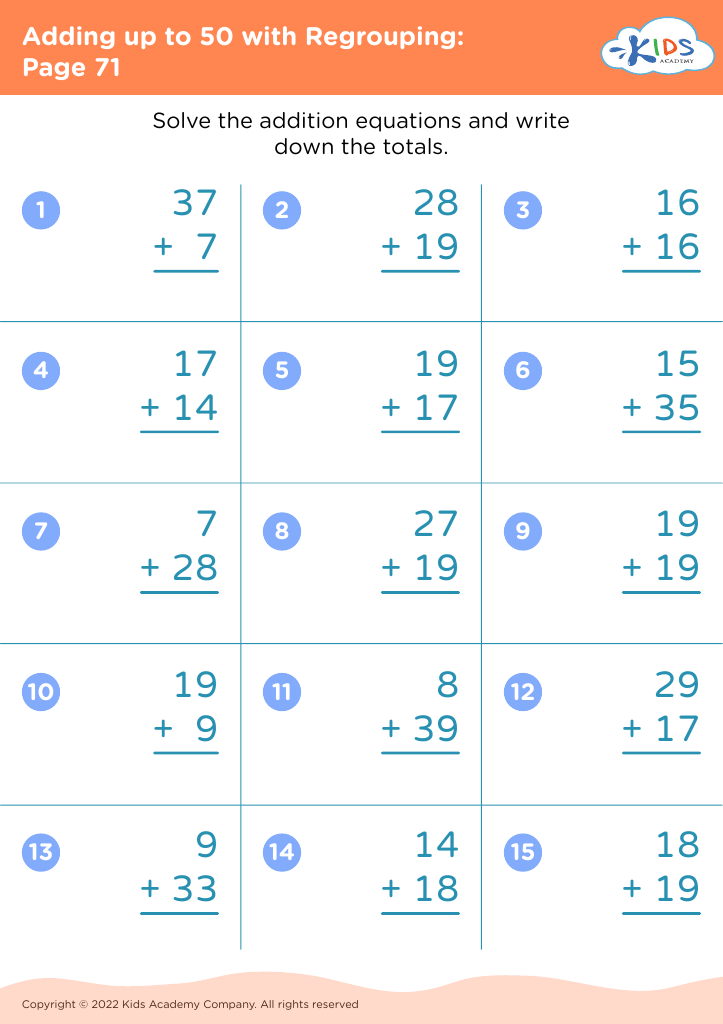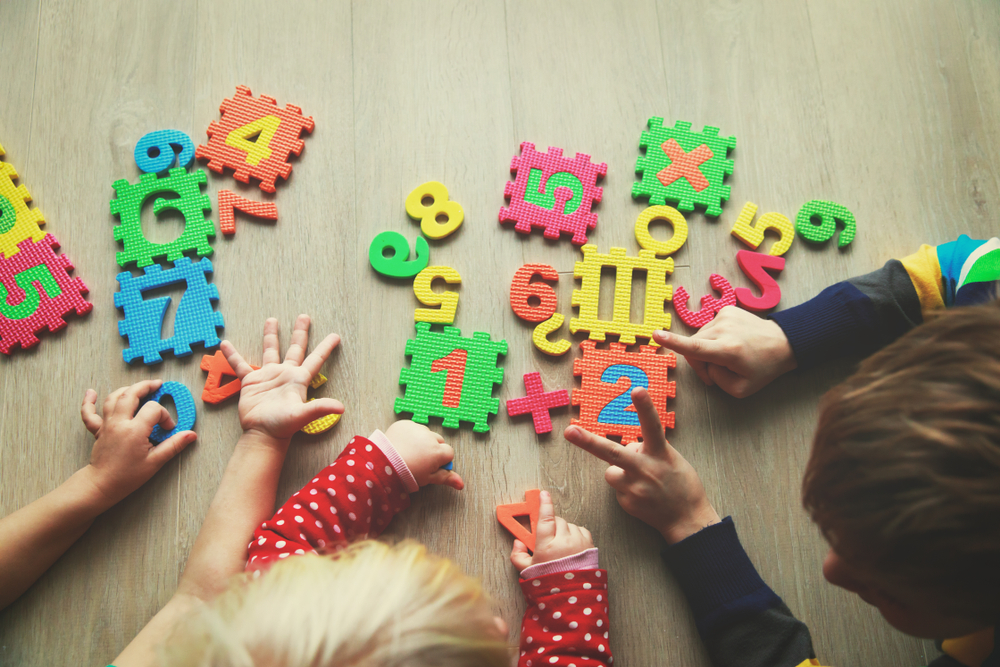Visual discrimination Addition Worksheets for 7-Year-Olds
4 filtered results
-
From - To
Enhance your 7-year-old's addition skills with our engaging Visual Discrimination Addition Worksheets! Designed specifically for young learners, these worksheets focus on improving visual perception and recognition of numbers through enjoyable exercises. By differentiating between similar-looking digits, children can boost their accuracy in addition and develop essential math skills. Each worksheet is crafted to keep kids motivated and encourage independent learning while preparing them for future math challenges. Explore our collection of interactive and age-appropriate resources that make mastering addition fun. Perfect for both home and classroom use, our worksheets will inspire confidence and nurture a lifelong love for math!
Visual discrimination skills play a crucial role in a 7-year-old's academic development, particularly in subjects like math. At this age, children are transitioning from basic number recognition to more complex arithmetic concepts, such as addition. Visual discrimination involves the ability to notice differences and similarities among shapes, numbers, and symbols. This skill helps children accurately identify and differentiate between similar-looking quantities, which is essential for performing accurate addition.
When parents and teachers foster visual discrimination in young learners, they enhance their mathematical understanding and problem-solving abilities. Strong visual discrimination enhances children’s attention to detail and reduces errors in calculations, which builds their confidence and fosters a positive attitude toward math. It also lays the foundation for future learning in more advanced math concepts, as understanding number relationships requires acute perceptual skills.
Furthermore, developing visual discrimination can aid other subjects, enhancing reading skills and supporting overall cognitive development. Engaging children in activities that promote this ability—such as sorting items, completing puzzles, or comparing visuals—not only supports academic growth but also makes learning fun and interactive. Therefore, parents and teachers should proactively incorporate visual discrimination exercises into daily learning to ensure well-rounded intellectual development.
